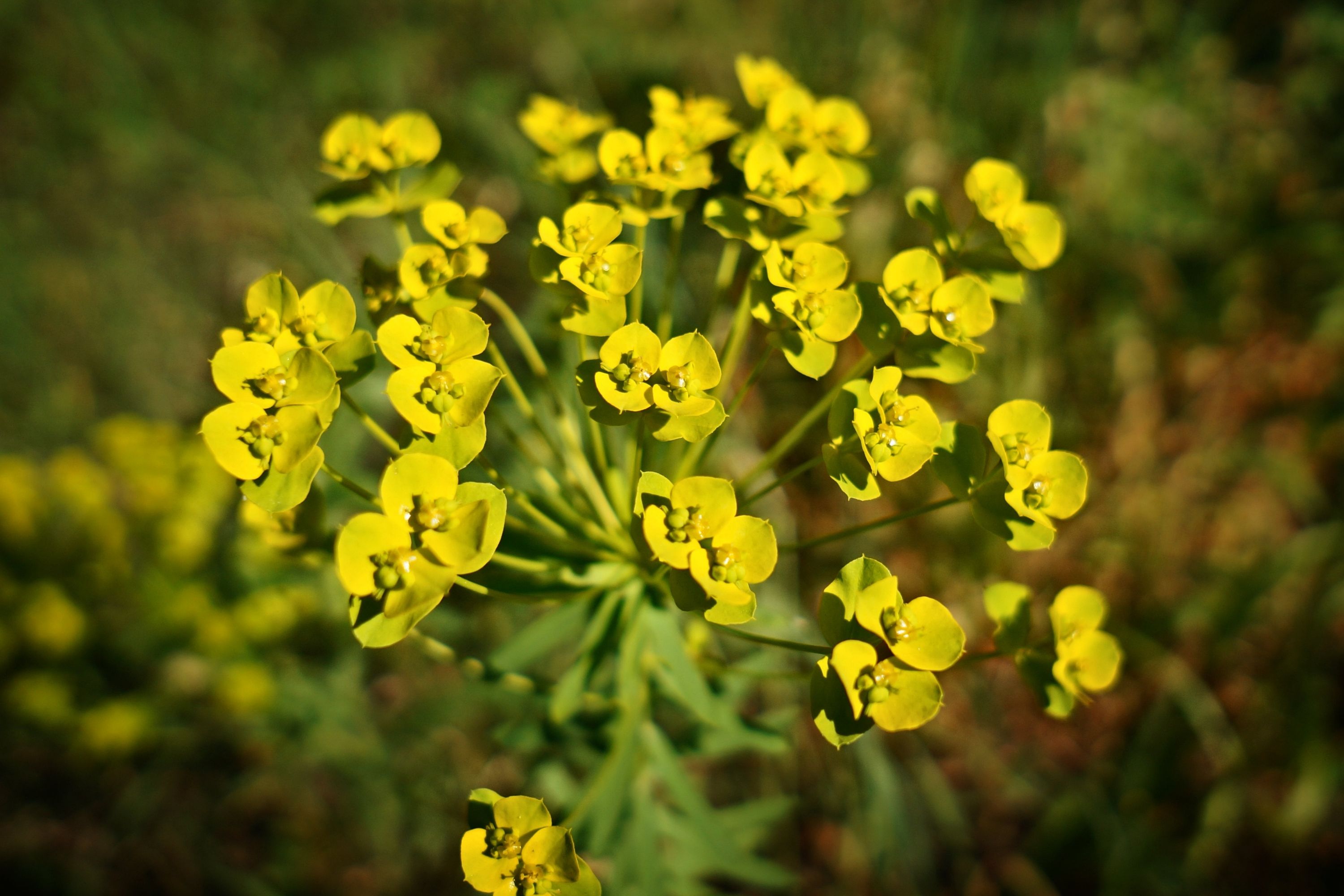Cypress spurge
(Euphorbia cyparissias)

Description
Euphorbia cyparissias, also known as the Cypress spurge, is a species of flowering plant in the Euphorbiaceae family. It is native to Europe and western Asia, but has been naturalized in other parts of the world, including North America. In this article, we will explore the taxonomy, morphology, distribution, ecology, and cultivation of Euphorbia cyparissias. Taxonomy Euphorbia cyparissias was first described by Carl Linnaeus in his seminal work "Species Plantarum" in 1753. The plant belongs to the Euphorbiaceae family, which is one of the largest families of flowering plants, comprising around 7,500 species in over 300 genera. The genus Euphorbia is the largest in the family, with around 2,000 species. The name Euphorbia is derived from Euphorbus, the Greek physician of King Juba II of Numidia, who is believed to have used a member of the genus as a medicinal plant. Morphology Euphorbia cyparissias is a perennial herbaceous plant that grows to a height of 20-40 cm. It has a rhizomatous root system that can spread rapidly to form dense colonies. The stems are slender, erect, and branching, with a bluish-green color. The leaves are narrow, linear, and grow up to 8 cm long. They are arranged in whorls around the stems and have a characteristic cypress-like appearance, hence the common name Cypress spurge. The flowers are small, yellow-green, and arranged in umbels at the top of the stems. They appear from May to July and are followed by small, three-lobed seed capsules that contain the seeds. Distribution Euphorbia cyparissias is native to Europe and western Asia, where it grows in a wide range of habitats, including meadows, pastures, hedgerows, and open woodland. It has been introduced to other parts of the world, including North America, where it is considered an invasive species in some areas. Ecology Euphorbia cyparissias is a hardy plant that can tolerate a wide range of soil types and environmental conditions. It prefers well-drained soils that are rich in organic matter and can grow in full sun or partial shade. The plant is adapted to dry environments and can survive drought conditions by storing water in its thick, succulent stems and leaves. Euphorbia cyparissias is also known for its allelopathic properties, which means that it can produce chemicals that inhibit the growth of other plants. This allows it to outcompete other species and form dense colonies. However, the plant also provides important habitat and food for a variety of insects, including bees, butterflies, and moths. Cultivation Euphorbia cyparissias is a popular ornamental plant that is grown in gardens and landscapes for its attractive foliage and showy flowers. It is a low-maintenance plant that requires little care once established. However, it can be invasive in some areas and should be monitored closely to prevent it from spreading beyond its intended location. Propagation of Euphorbia cyparissias can be done by dividing the rhizomes in the spring or by sowing the seeds in the autumn. The plant can be grown in containers or planted directly in the ground. It is recommended to wear gloves when handling the plant, as it contains a milky sap that can irritate the skin and eyes.
Taxonomic tree:







